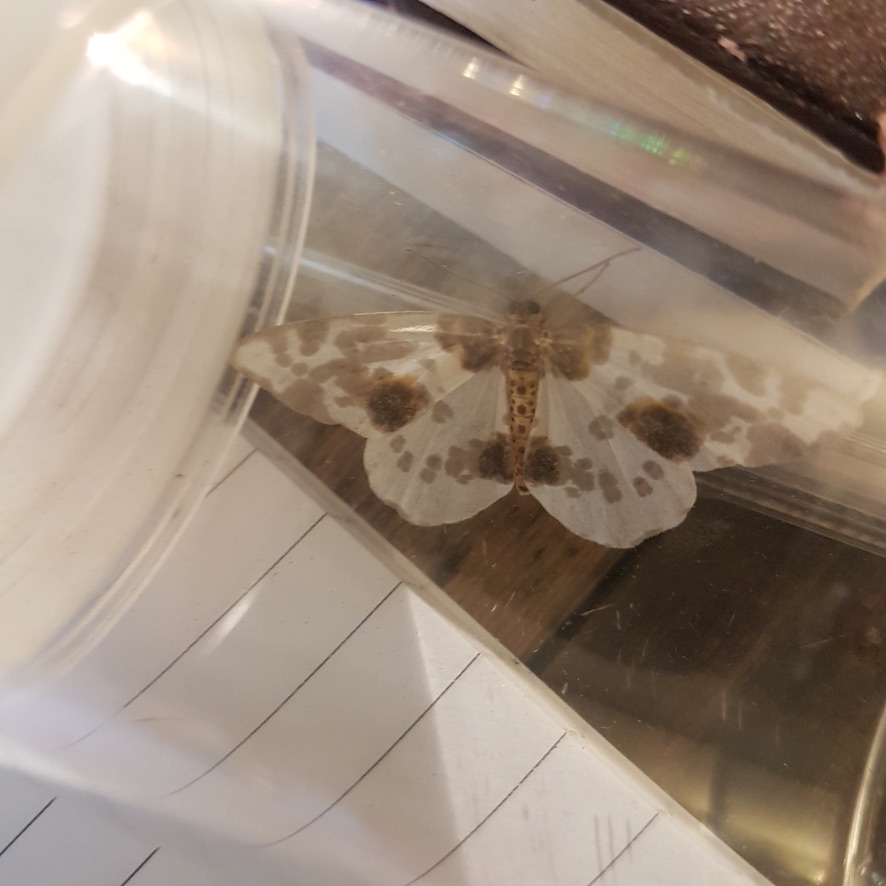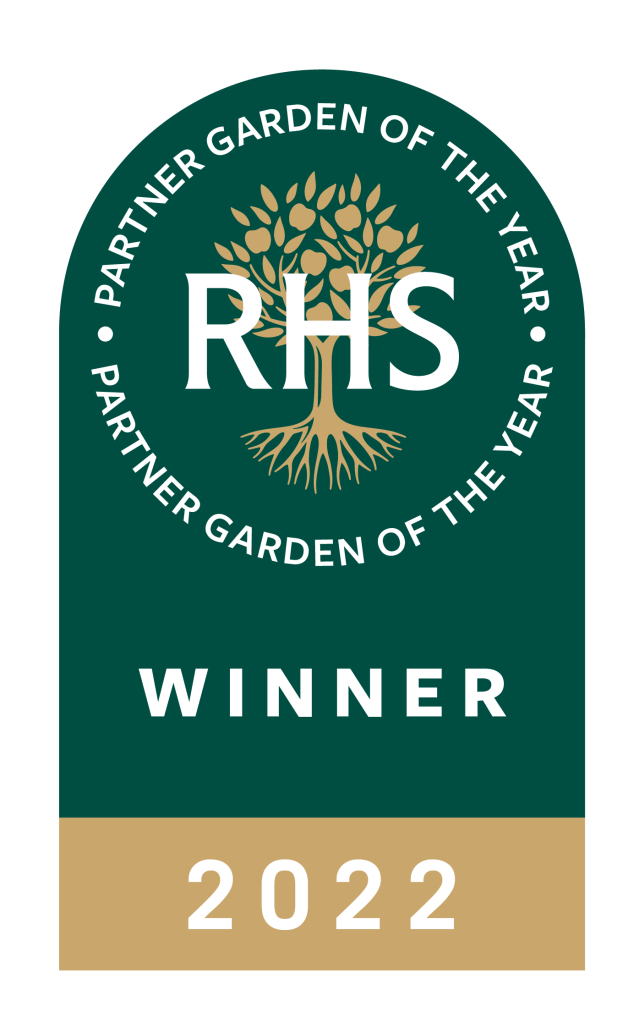The Big Moth Count

Recently there was the nationwide Big Butterfly Count (unfortunately the weather didn’t help) but here at Nant-y-Bedd we had our very own Big Moth Count.
Our friend Sheelagh and her sister Lesley turned up with three moth traps which they arranged in the potager and the meadow one Thursday evening. Any passing spy satellite would have been most intrigued by three lights glowing away where it should have been dark.

The moths were also very interested and popped in for a look around. Finding a cosy home they snuggled up in the egg boxes in the traps and awaited the morning.

Starting at around 5am – yes, there is such a time – Sheelagh, Lesley and Sue worked their way through hundreds and hundreds of moths, painstakingly checking each one against the official guide books and came up with 64 different species. Here’s a list of them – check out the wonderful names!
Moth List Nant y Bedd 15th August 2022
3 traps: 2 in the meadow (M) and 1 by the tea house/potager (G)
Location of traps: SO 25694 26761 & SO 25710 26823
List of moth species with numbers caught:
Macro moths
- Barred Hook-tip 2 (1M & 1G)
- Barred Red 1G
- Black Arches 4 (1M & 3G)
- Brimstone Moth 3 (1M & 2G)
- Buff Footman Lots M&G
- Canary-shouldered Thorn 1M
- Centre-barred Sallow 1G
- Clouded Magpie 3 (1M & 2G)
- Common Footman Lots M&G
- Common Marbled Carpet 4 (3M & 1G)
- Common Rustic 8 (3M & 5G)
- Common Wainscot 1M
- Coxcomb Prominent 1M
- Dark Arches 4 (3M & 1G)
- Dark-barred Twin-spot Carpet 1M
- Dark Marbled Carpet 16 (7M & 19G)
- Dingy Footman Lots M&G
- Double Square-spot 2M
- Dotted Clay 3 (1M & 2G)
- Dun-bar 1M
- Early Thorn 2G
- Ear Moth 1M
- Flame Carpet 8 (2M & 6G)
- Flame Shoulder 2 (1M & 1G)
- Flounced Rustic 7 (3M & 4G)
- Green Carpet 1G
- Gold Spot 1M
- Iron Prominent 1M
- July Highflyer 21 (10M & 11G)
- Large Yellow Underwing 11 (8M & 3G)
- Least Yellow Underwing 1M
- Lesser Broad-bordered Yellow Underwing 60 (20M & 40G)
- Lesser Swallow Prominent 3 (2M & 1G)
- Mottled Beauty 1G
- Pale Prominent 1M
- Pebble Hook-tip 2M
- Peppered Moth 2 (1M & 1G)
- Poplar Hawkmoth 1M
- Purple Bar 1G
- Purple Thorn 2 (1M & 1G)
- Red Twin-spot Carpet 6 (5M & 1G)
- Riband Wave 4G
- Six-striped Rustic 3M
- Small Fan-footed Wave 3G
- Small Phoenix 11 (3M & 8G)
- Small Rivulet 1G
- Snout 1M 1G
- Spruce Carpet 3 (2M & 1G)
- Square-spot Rustic 5 (4M & 1G)
Micro moths
- Acrobasis advenella (Grey knot-horn) 1M
- Agonopterix ocellana 1M
- Argyresthia goedartella (Golden Argent) 1M
- Blastobasis adustella (Furness Dowd) 3G
- Catoptria pinella (Pearl Grass-veneer) 1M
- Cnephasisa agg. 1M
- Cydia splendana 2 (1M & 1G)
- Dark Fruit-tree Tortrix (Pandemis heparana) 1G
- ?Dioryctria abietella 1G
- Eudonia mercurella (Small Grey) Lots M&G
- Mompha subbistrigella (Garden Cosmet) 1G
- Mother of Pearl 3M
- Scoparia subfusca (Large Grey) 3G
- Udea lutealis (Pale Straw Pearl) 1M
- Yponomeuta malinellus (Apple Ermine) 3 (2M & 1G)
Identification by Sheelagh and Lesley Kerry
Many of them are specific to a single plant species, which is why it is so important to grow as many different types of plant as possible. The Clouded Magpie below feeds almost entirely on Wych Elm and the Poplar Hawk Moth (at the top of this blog) on Aspen and Willow (here, as we don’t have Poplar!)

If you want to attract lots of moths to your garden, Sheelagh and Lesley also provided a list of the best plants for them.
List of moth plants:
Evening Primrose
Buddleia
Night-flowering Catchfly
Night-scented Stock
Sweet Rocket
Nicotiana sensation mixed (good for Hummingbird hawkmoths)
Fuschia
Vipers Bugloss
Red Campion
Verbena bonariensis
Red Valerian
Bedstraws
Comfrey
Marjoram
Native trees especially Oaks
Spindle
Privet
Bramble
Honeysuckle
Ivy
Foxglove
Nettles
Ferns
Lilac
Heather
Knapweed
Ragwort
Finally, it’s not just moths who like snuggling up in a moth trap. Some wonderful Eyed Ladybirds, one of the largest native ladybirds, also managed to find a cosy home for the night.

Just to put your minds at rest, no moths or ladybirds were injured in the process and all were put back into the wild for another day.

